The focal length you choose to shoot not only affects the look, but the feel and approach of your photography. To show you the difference, we borrowed three Nikkor lenses from our friends at KEH –a wide-angle 24mm, standard 50mm, and a telephoto 105mm.
Wide-angle
35mm and below is considered wide-angle, with anything below 24mm being extreme wide-angle. For this comparison, we chose the 24mm to represent the wide-angle category because it’s a good in-between that’s wide but not too wide.
The shorter the focal length, the wider your angle of view will be–meaning you will be able to fit much more in your frame. You will have less magnification, but more depth of field. Higher depth field means that more of your scene will be in focus, but the wider your lens is, the less compression you’ll have. This means that the background will seem much further away, especially when you have a close subject. It also means it will be harder to isolate your subject using a shallow depth of field. Wide-angle lenses are ideal for small/tight locations because they will allow you to fit a lot in the frame and can make a small space seem much bigger than it really is. The wider your lens, the more distortion you will have which isn’t typically ideal for portraiture, especially when it’s close up.
Standard/Normal
“Normal” basically encompasses anything between 40mm and 60mm. The most common focal length in this range is the 50mm, which is why we selected it for this blog.
The 50mm focal length is a great in-between–a happy medium of depth of field, compression, and distortion. Depending on the max aperture and how close you are to your subject you can create a very shallow depth of field with relatively low compression and little (if any) distortion. Since the 50mm focal length is the most common focal length for film cameras, it’s usually the most affordable and available. In addition, 50mm lenses usually have a very fast aperture–most commonly f/2 or faster. A fast/big aperture gives you the ability to shoot in very low light, making it great for indoor or concert photography. The capability of a very shallow depth of field, makes it ideal for portraiture since it will isolate your subject from the background.
Telephoto
Essentially, anything above 60mm is going to be considered telephoto. In this case, we went with the Nikkor 105mm f/2.5. The longer the focal length, the narrower the angle of view, which means you’ll have much more magnification. Telephoto lenses have much more compression, which will make the background look a lot closer. Depending on how close your subject is you can have a very shallow depth of field as well. Telephoto lenses are great for portraiture, sports, and wildlife photography.




 My Account
My Account

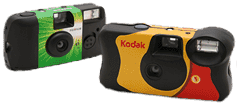
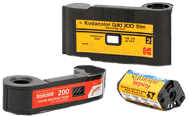
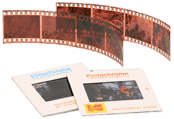
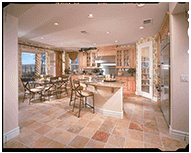
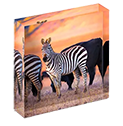
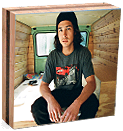
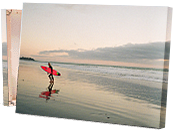
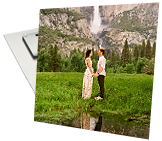
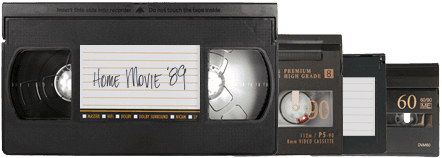
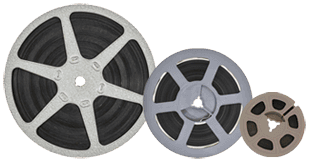
 Gift Cards
Gift Cards Film Index
Film Index FAQ
FAQ


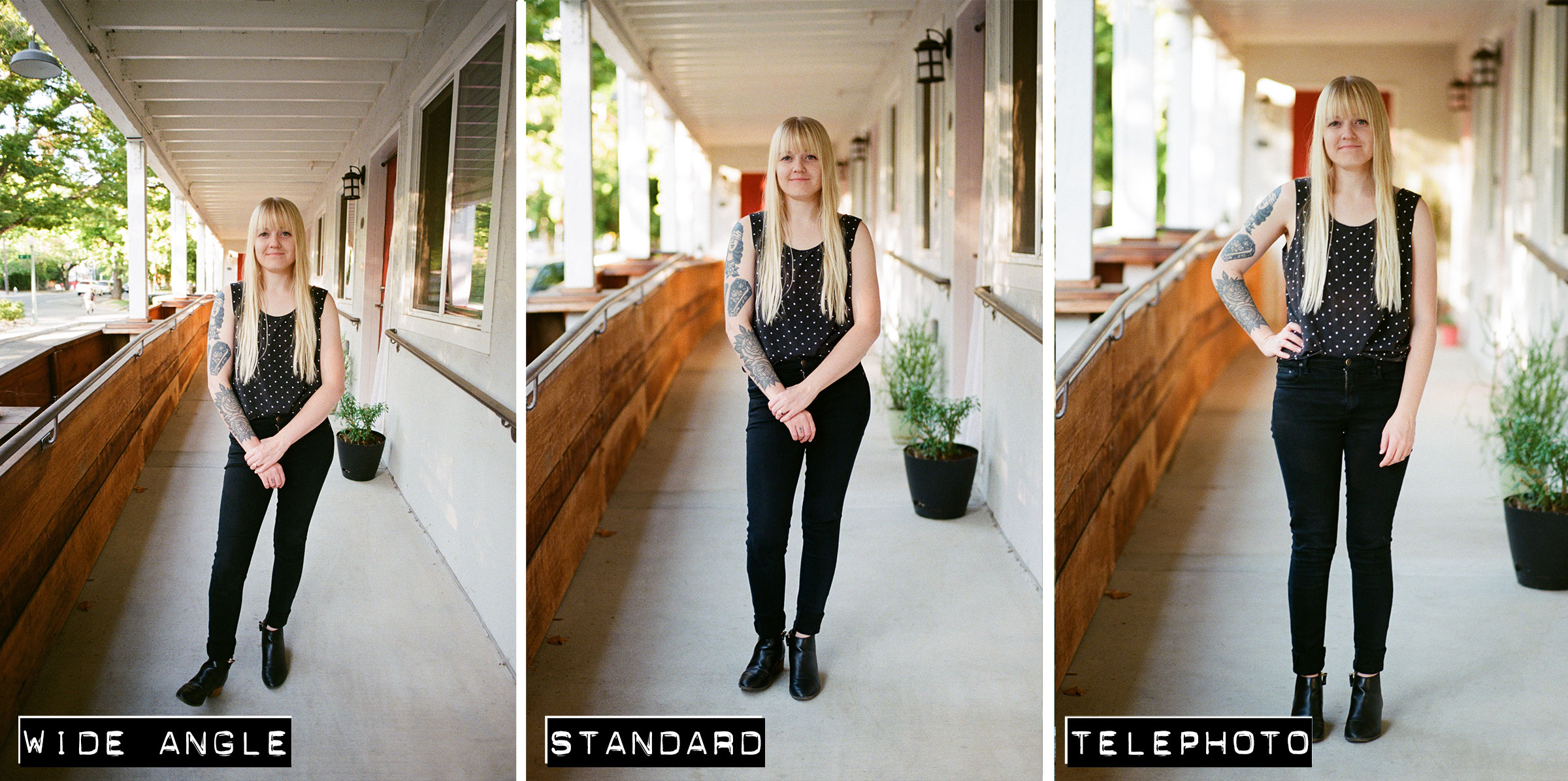



Bokeh is defined as the quality of the out of focus area. It is not the quantity.
What this article does not mention is that the particular focal length that records a given angle of view is a function of sensor size. The values mentioned in this article seem to those for 35mm film (24x36mm frame), but for the sensor sizes common in most digital cameras, the number will be different, particularly for compact, point-and-shoot cameras, which can have very small sensors.
Hello Jeff, Thanks for taking the time to comment. This article focuses on film cameras only. As a film processing lab, we write about film-related subjects and there are other sources better qualified to write about digital cameras.
Thank Carl. Noted and updated.